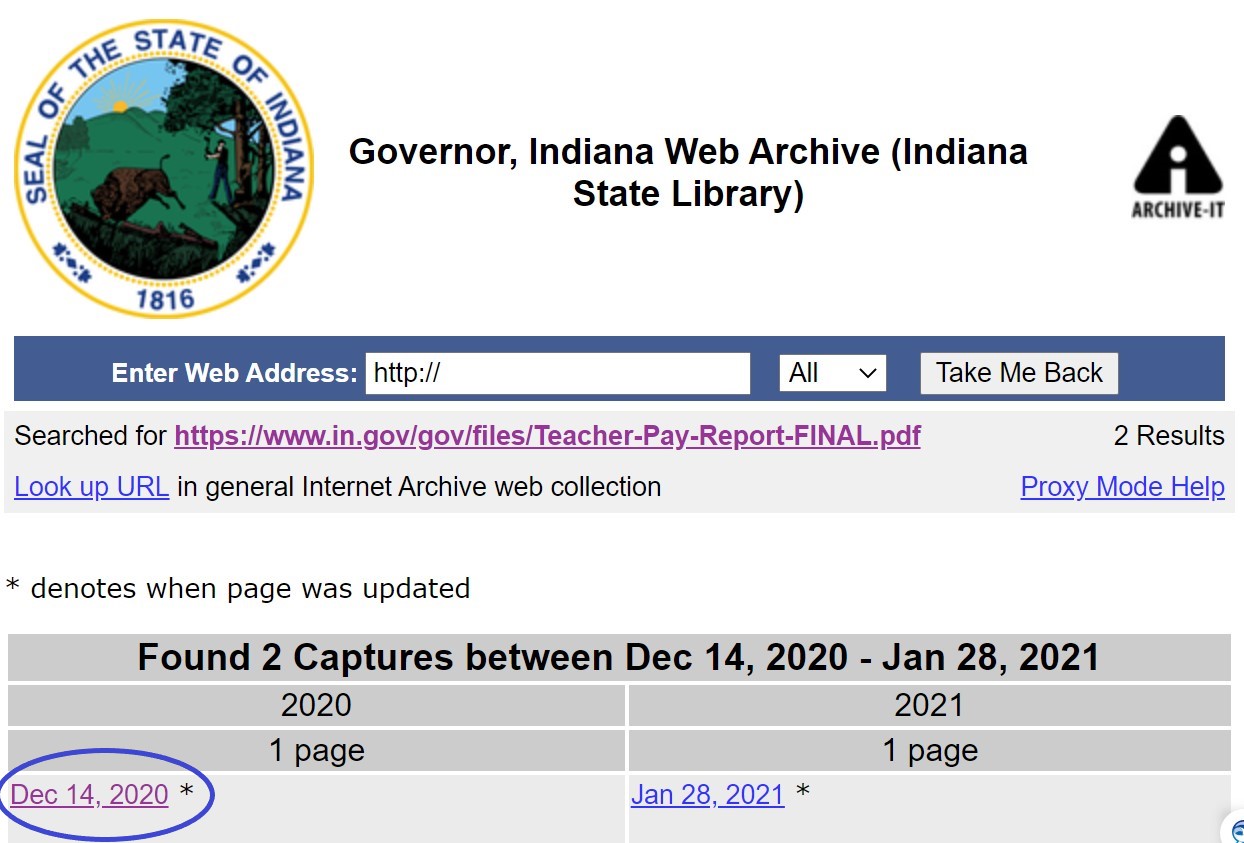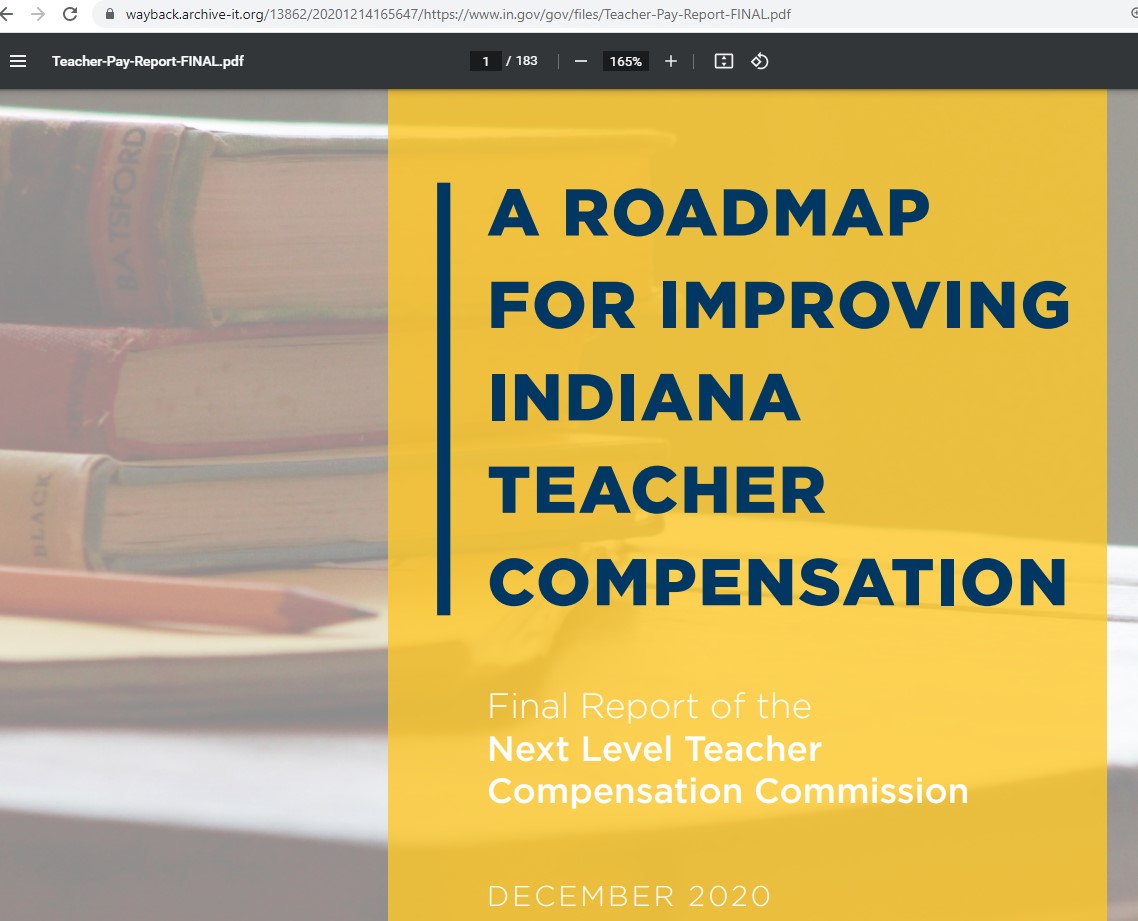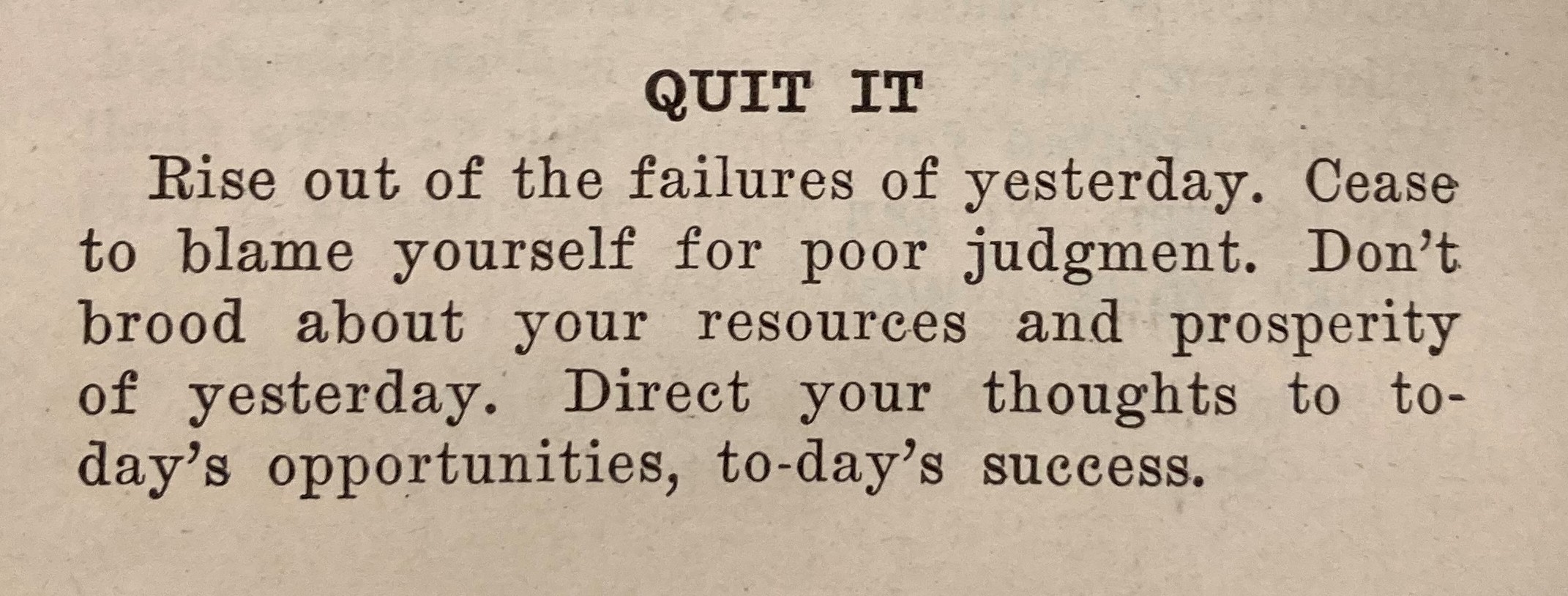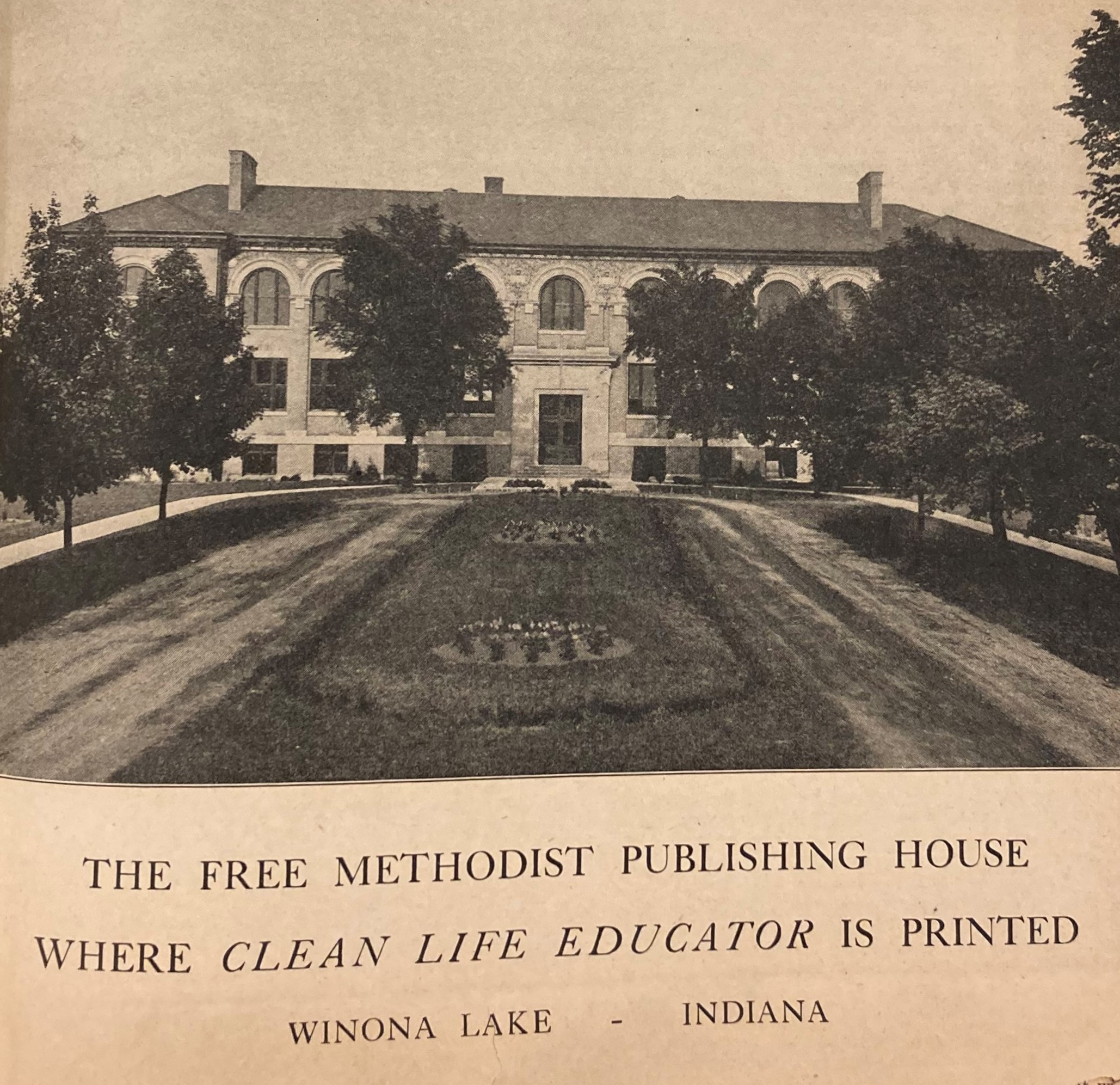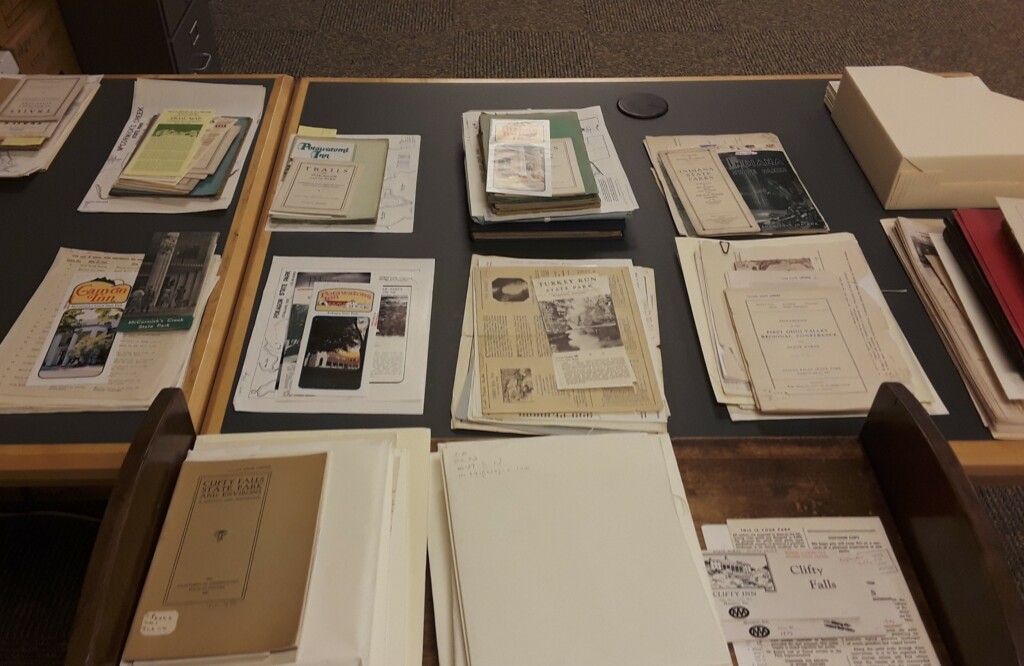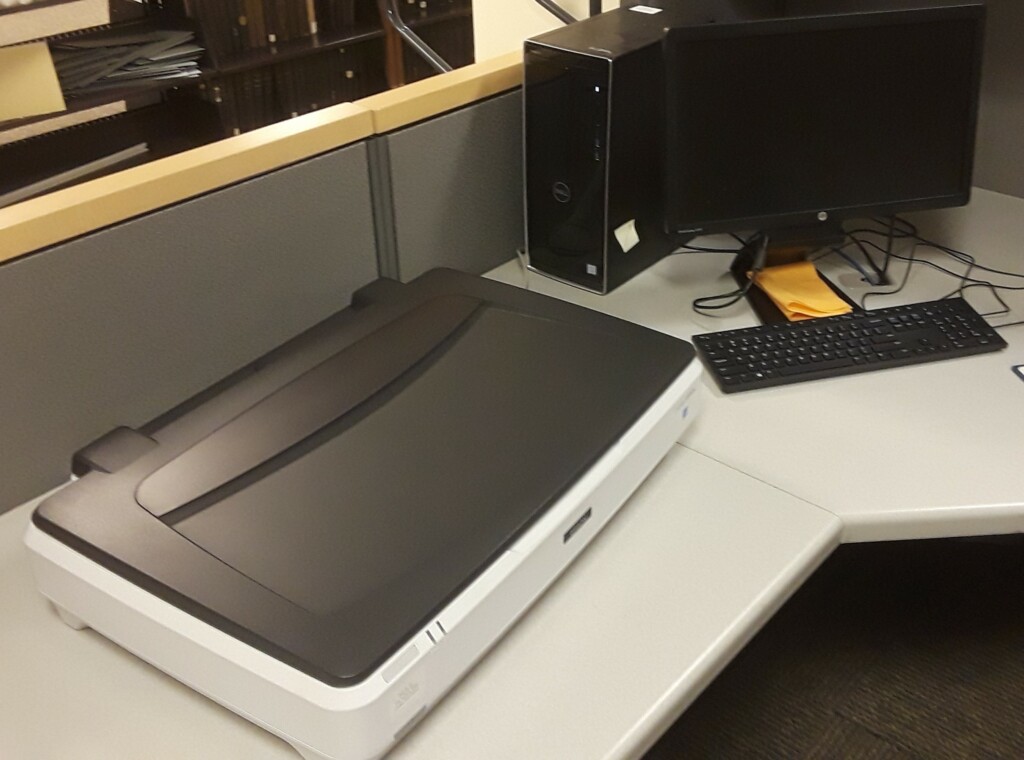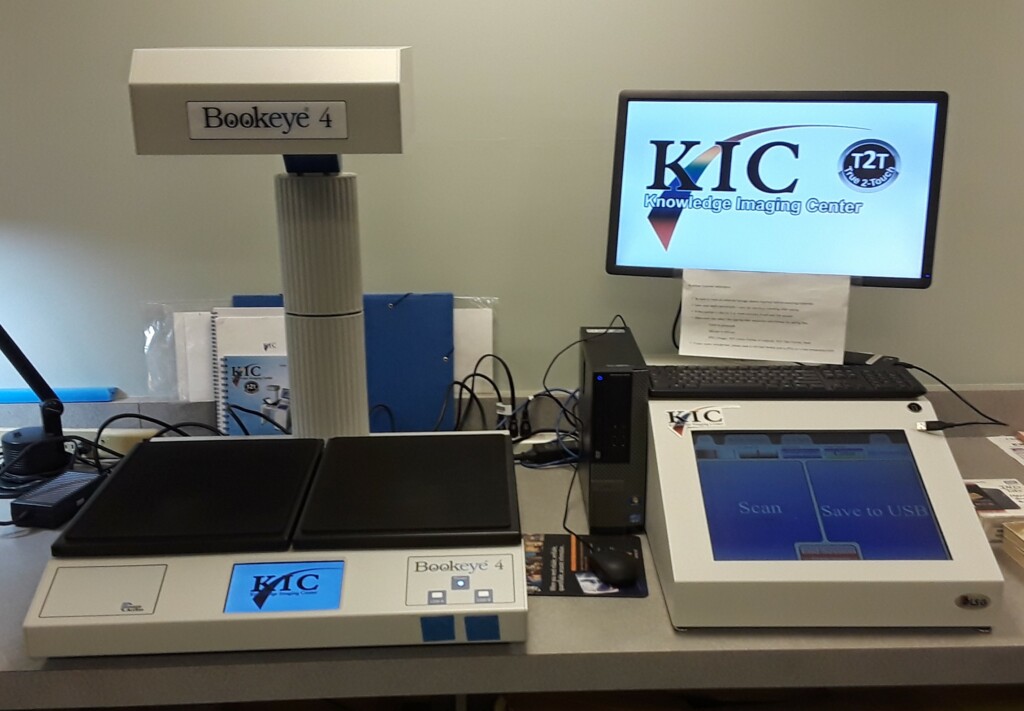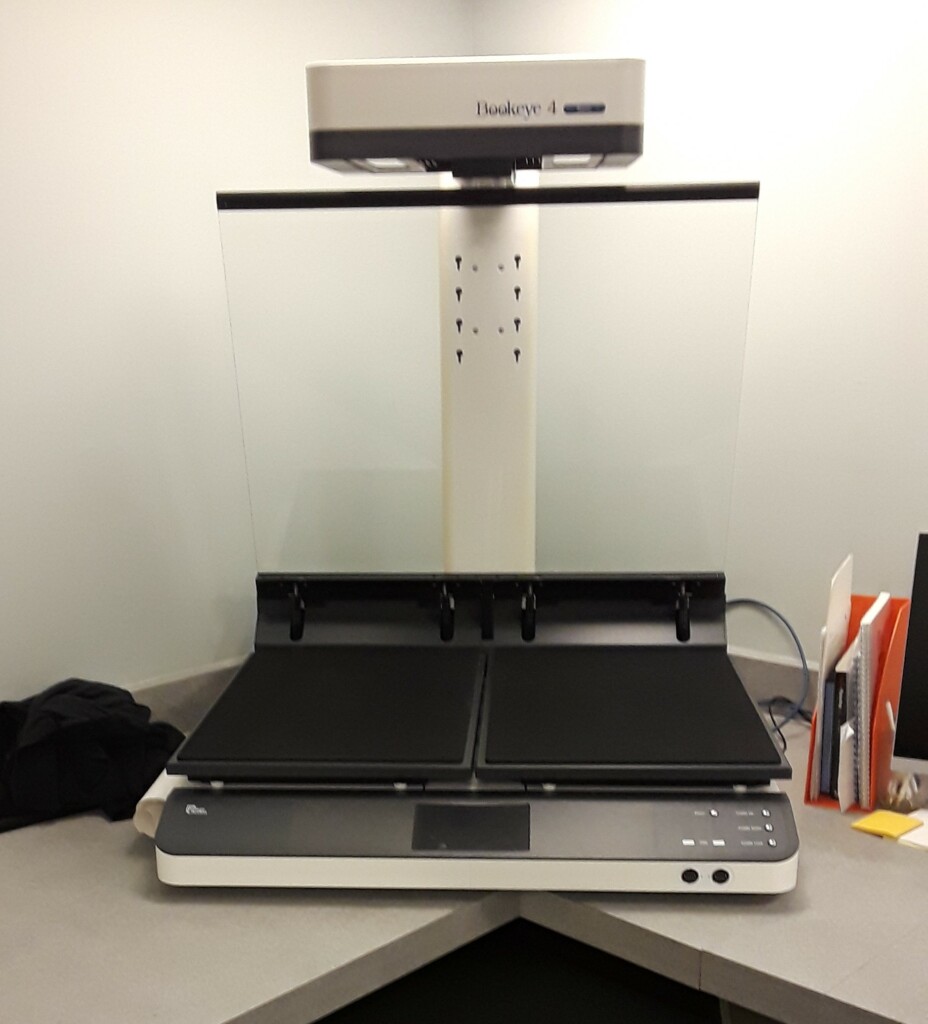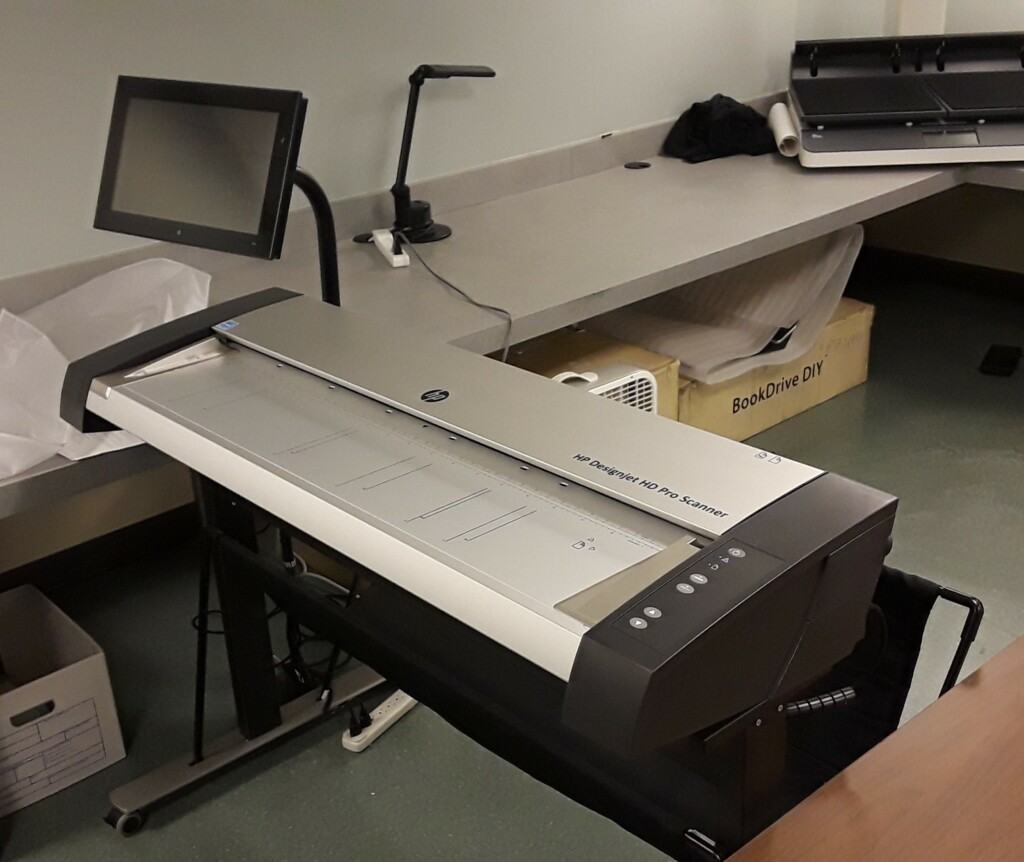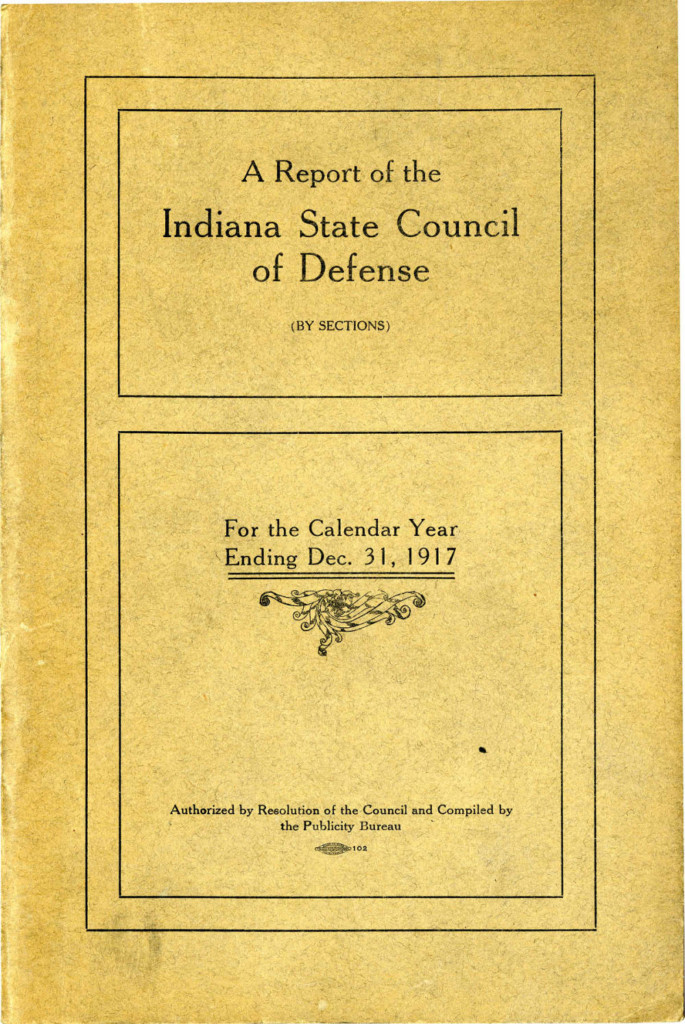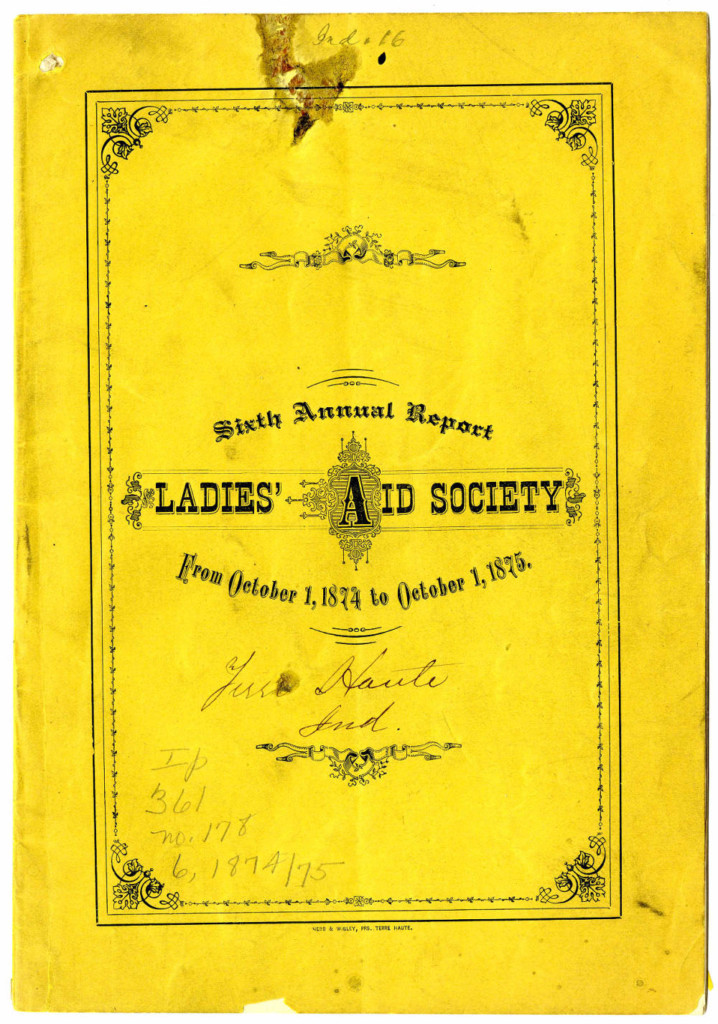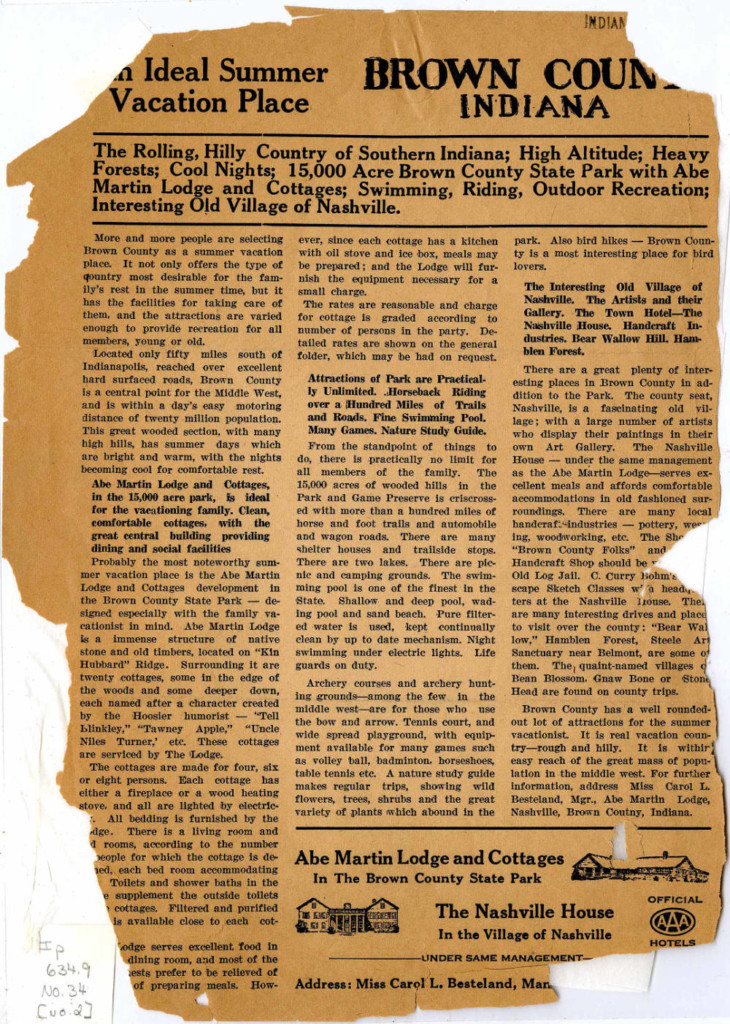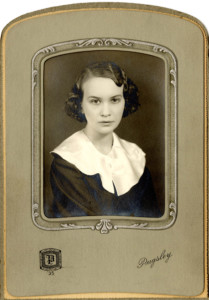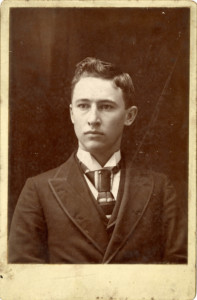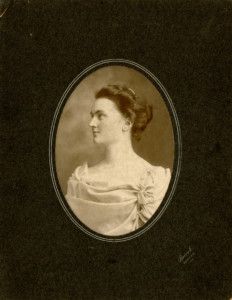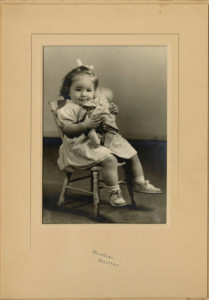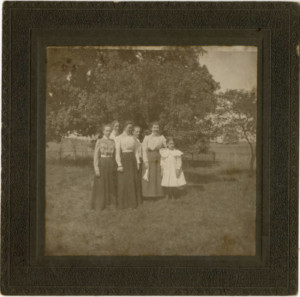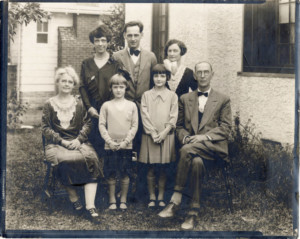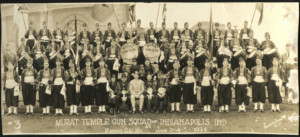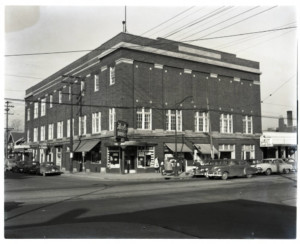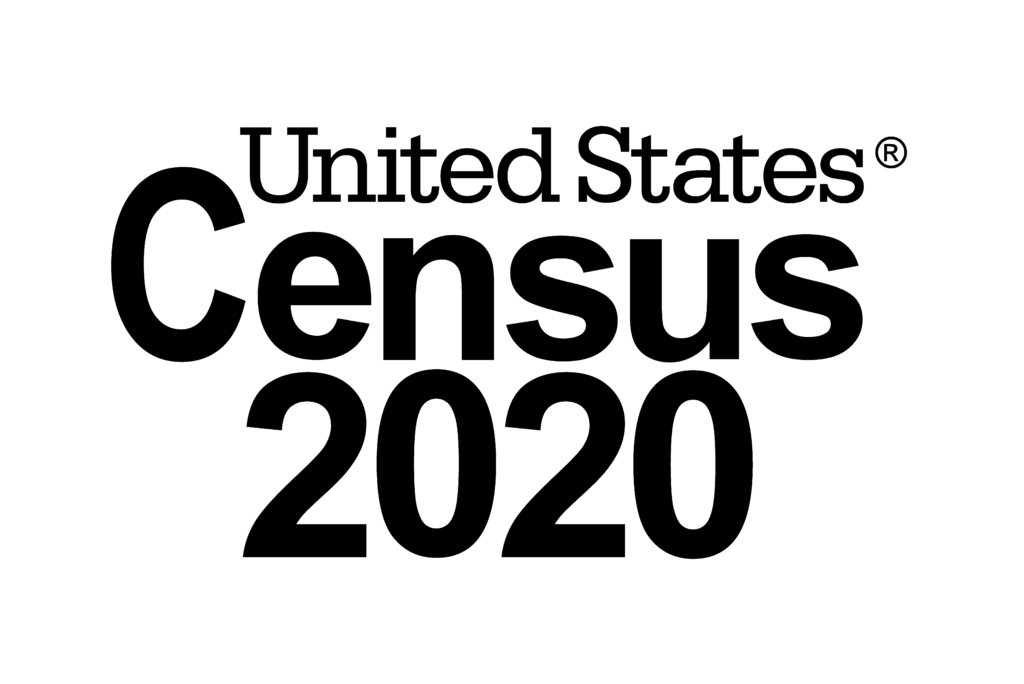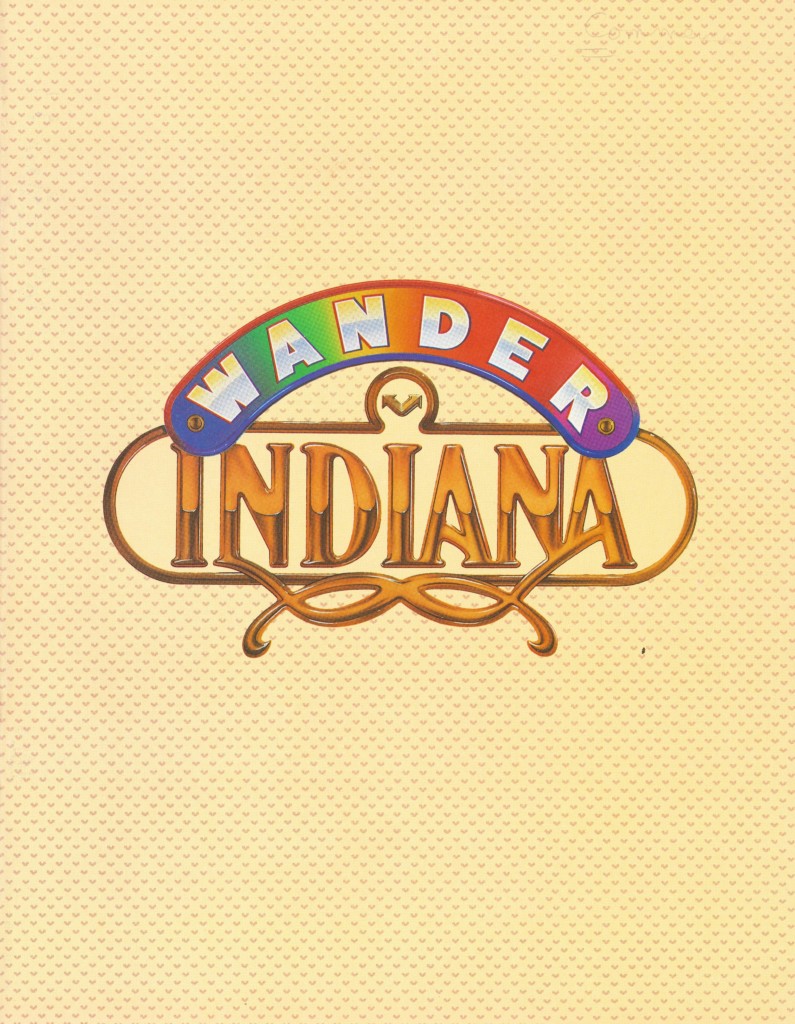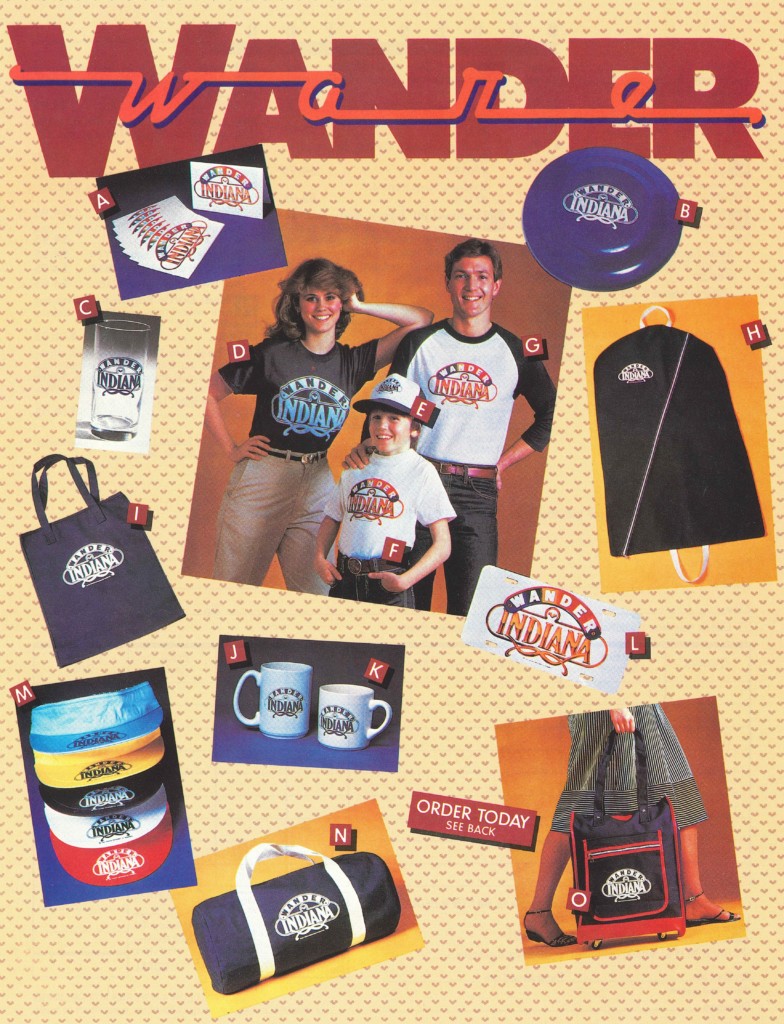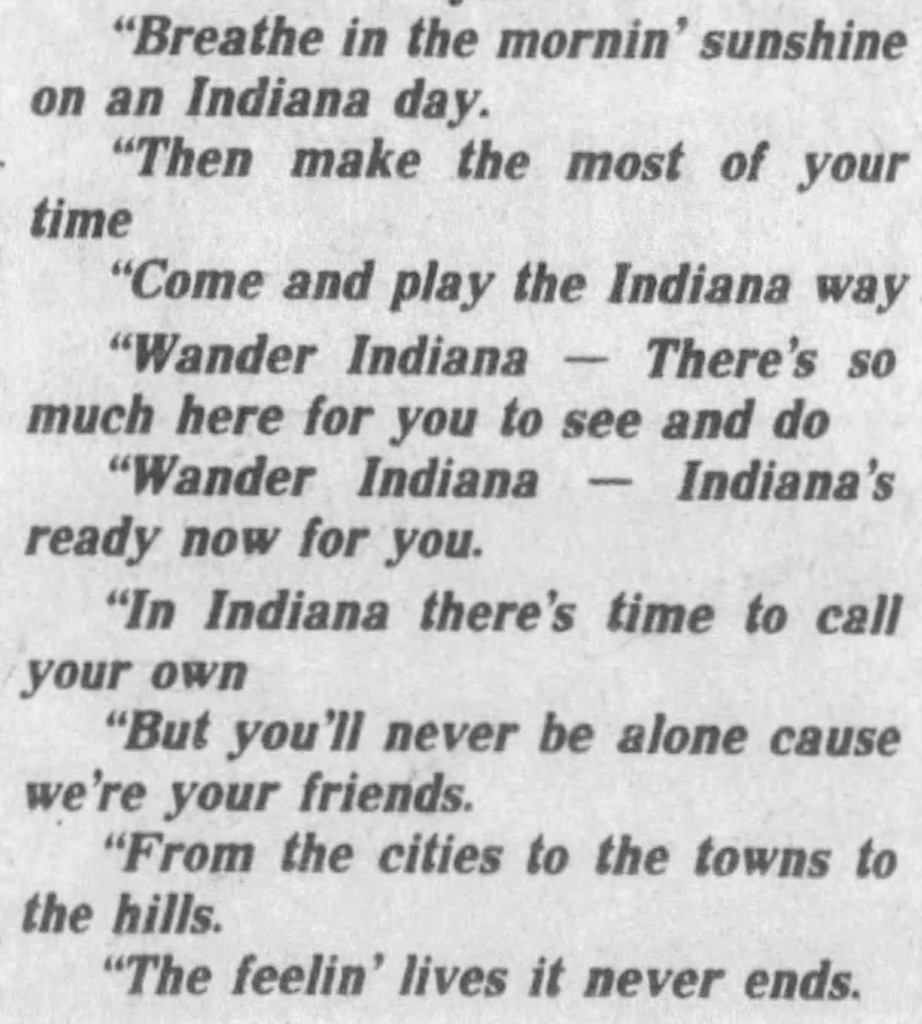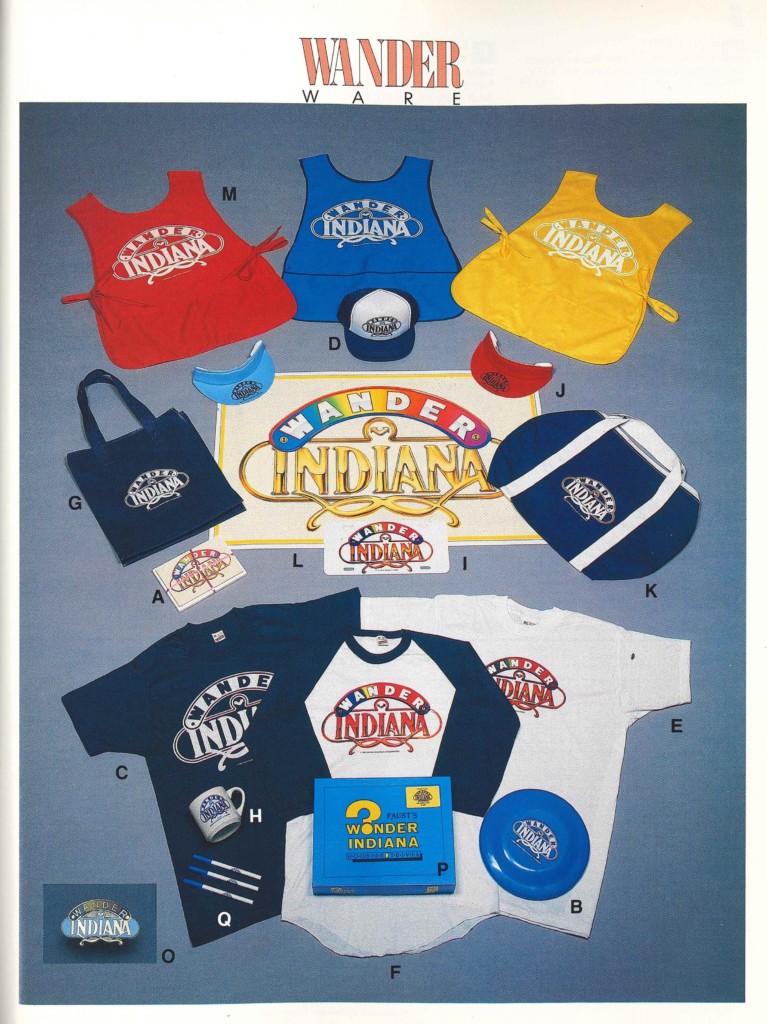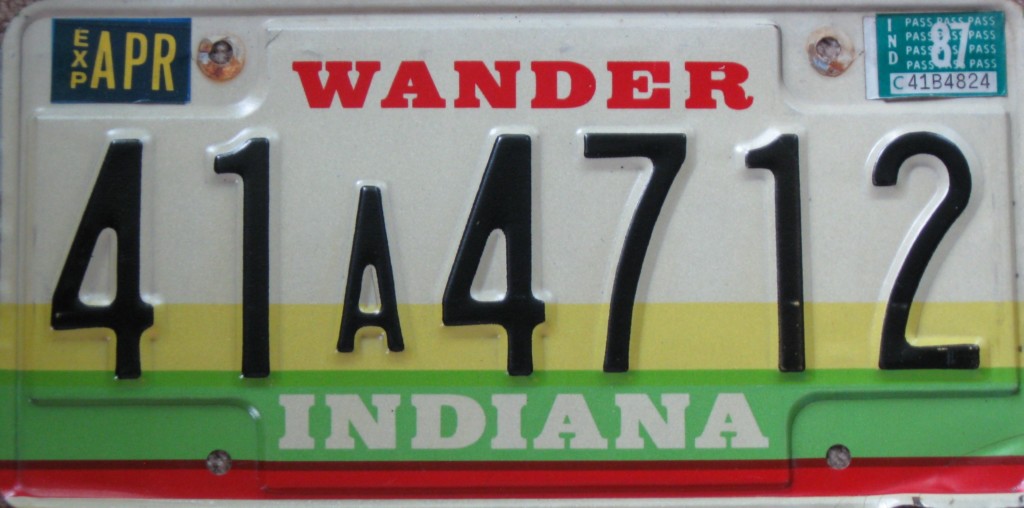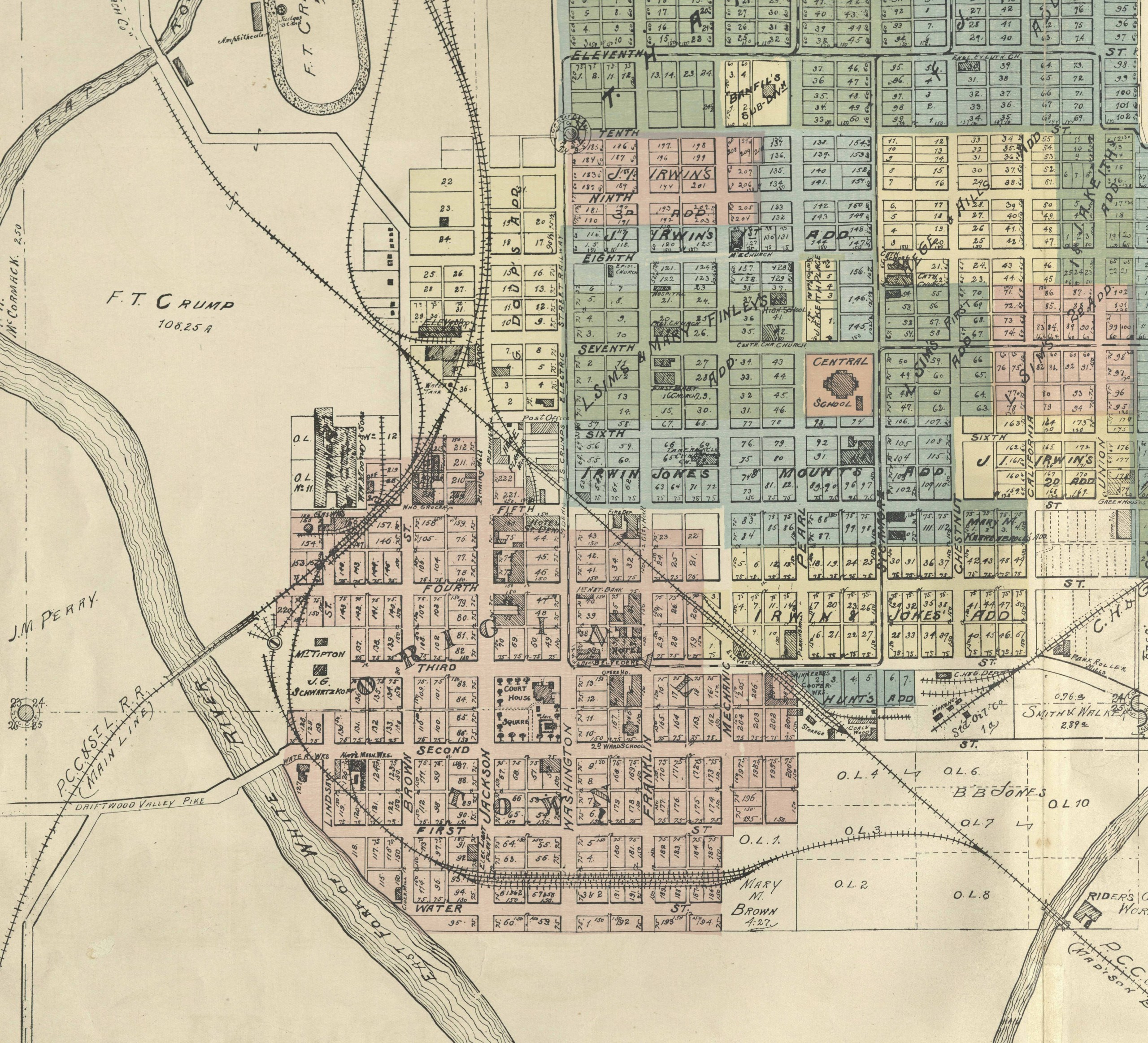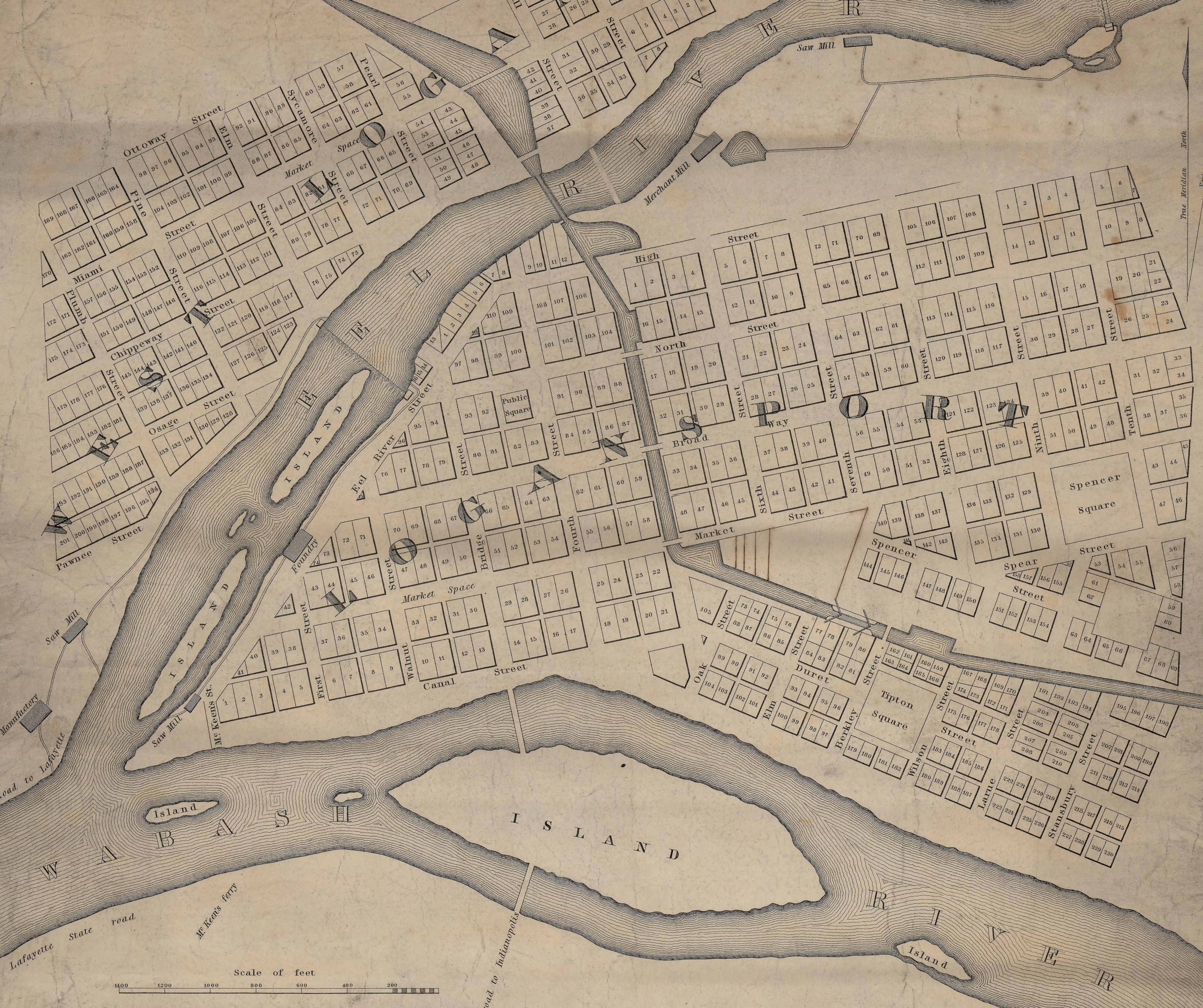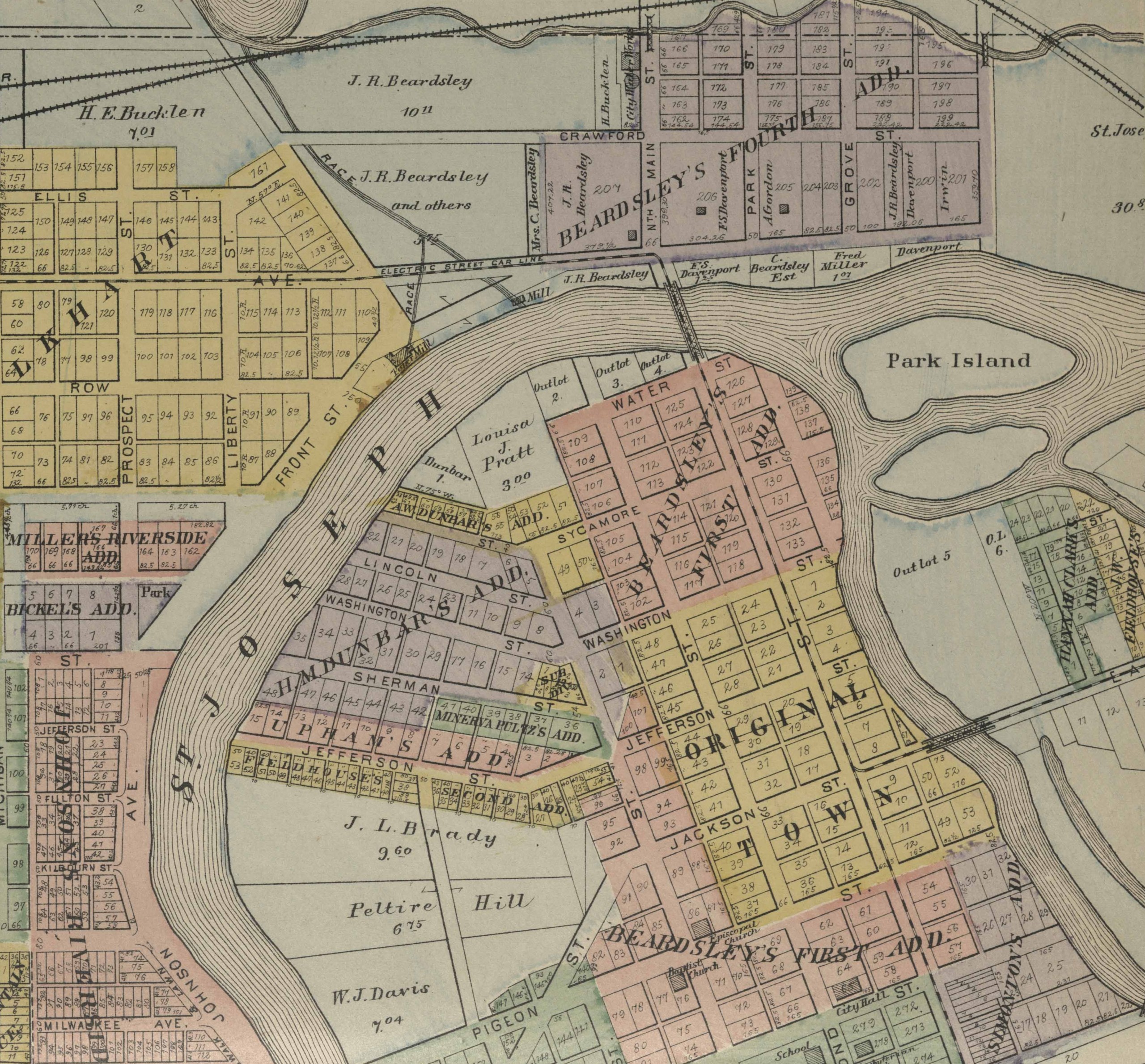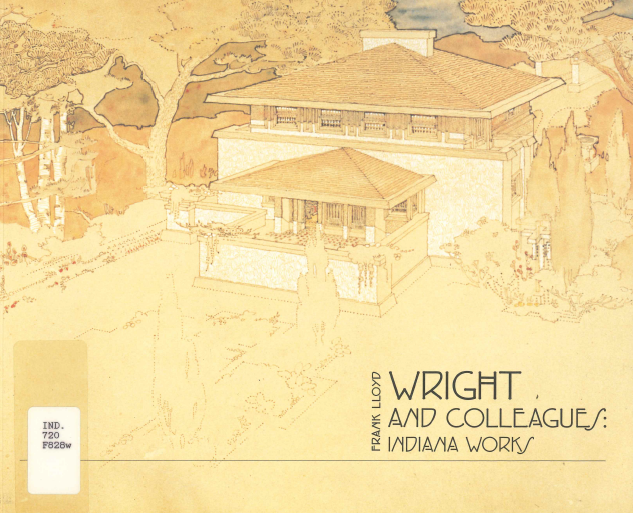Archive-It is a web archiving service that the Indiana State Library first started using in the spring of 2020 to collect online publications from Indiana state agencies. Archive-It is built at the Internet Archive, the digital library that is also the home of the Wayback Machine, where old websites are saved. For organizations that wish to save selective online content and create curated collections, Archive-It provides the tools necessary to capture, store and access.
 The Indiana State Library collects printed publications from state agencies, but until recently we did not have a good solution for capturing and preserving online versions. Working from a priority list of Indiana state agencies and their web pages with known born-digital publications, we created the separate collections. Then test crawls were done to see if the Archive-It web crawler captured the desired content and linked documents. Test crawls are an opportunity to make sure the web page will play back correctly in the Wayback archive and that the amount of data collected stays within our subscription’s allocation.
The Indiana State Library collects printed publications from state agencies, but until recently we did not have a good solution for capturing and preserving online versions. Working from a priority list of Indiana state agencies and their web pages with known born-digital publications, we created the separate collections. Then test crawls were done to see if the Archive-It web crawler captured the desired content and linked documents. Test crawls are an opportunity to make sure the web page will play back correctly in the Wayback archive and that the amount of data collected stays within our subscription’s allocation.
Once the Indiana State Library Archive-It collections hold content, metadata is added for specific web pages, continuing publications or specific reports. For example, in December 2020, the Final Report of the Next Level Teacher Compensation Commission was issued online. A copy of this born-digital report resides in the collection Governor, Indiana. The screenshots below show the steps to access the report at the Wayback archive.
For our new online state documents collection, we’ve been able to capture many state agency web pages and their linked publications. This is a continual work-in-progress as content is regularly captured through new crawls of the web pages. As this collection grows, we hope that these reports, brochures, newsletters, maps, fact sheets and online content will complement our historical collections of printed Indiana state documents.
This blog post was written by Indiana Division librarian and state documents coordinator Andrea Glenn. For more information, contact the Indiana Division at 317-232-3670 or “Ask-A-Librarian.”


